Browning's New T-Bolt Target Rimfire
A Quality Rifle with a Twist
feature By: Stan Trzoniec | January, 22
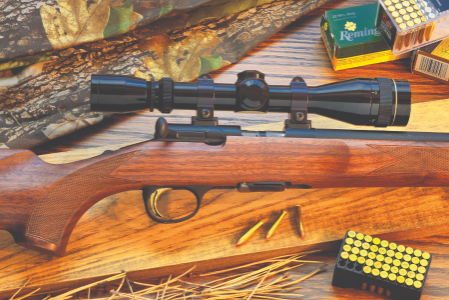

Looking at the current lineup, I took note that Browning has aimed at the small-game and varmint hunter. For the listing, there is a series of Target/Varmint guns, including a model with a stainless action and suppressor ready, another one with a walnut stock and a wide forearm and a model with most of the above to include a removable muzzle brake.
Finally, for those who like a “walking-type” of rifle, the T-Bolt is available with a sporter-type classic stock with select wood and a thinner barrel contour. For the purpose of this article, I picked the Target gun with the muzzle brake that, with the same thread pitch, can be equipped with a suppressor if desired.

Like all Browning guns, presentation is important when selling a product, and this T-Bolt, right from the start, has the appearance of a well-made, quality firearm. The stock itself is from a piece of straight-grained walnut profiled in a Monte Carlo design fitting the mold perfectly for scope use. At the muzzle end of the gun, the stock widens out to a semi-beavertail measuring 2 inches across. This makes the gun easy to hold with the added benefit of allowing the gun to rest easy on just about any object in the field for those longer than usual, across the pasture shots. There is an ample supply of cut checkering in a point pattern and sling swivel studs.
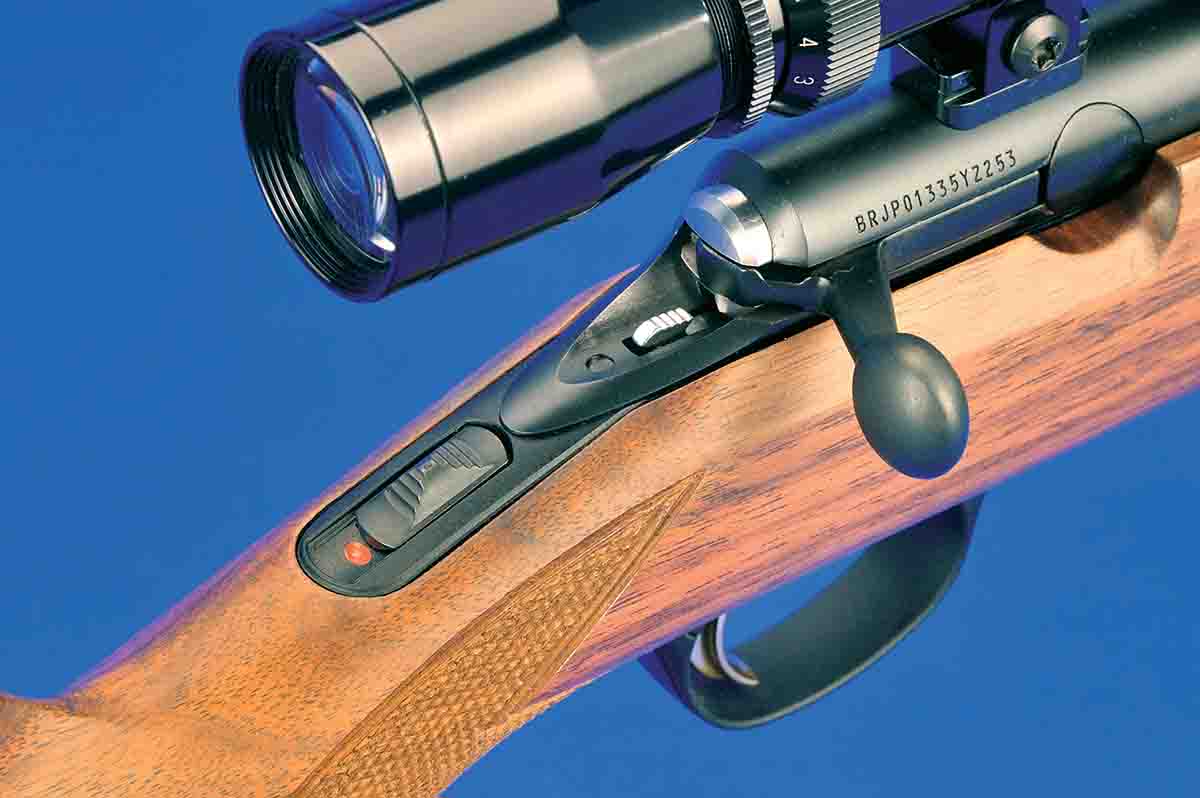
From the barrel/receiver junction, the stock tapers inward to house the nearly flush-mounted magazine and trigger guard assembly with the famous gold-plated Browning trigger that can be adjusted by turning the Allen screw within the forward curve of the trigger guard. Interesting to note is that the stock is cut to house the receiver for left-hand models when available, duplicating the right side with a circular notch and stock relief for the twin-locking lug bolt operation. The pistol grip has an inward sweep to it that should satisfy the hands of any shooter, whether shooting on the bench or in the field. Like the forearm, 20-lines-per-inch checkering coverage is more than ample on a rifle with this price point and includes a border for that custom look. There is no pistol-grip cap, so be careful in the field when shooting in the prone position so as not to chip this part of the stock.
From here back, the butt of the stock has a wide flare in it on the top for resting the “meaty” part of the hand while shooting. I found the Monte Carlo hump perfect for aligning my eye to the center of the scope. There is a plastic buttplate – I would prefer a thin rubber pad for field use – and a sling swivel stud for field carry. From forend to butt, this black walnut stock is covered with a smooth finish reminiscent to the oil coating applied by the masters years back. Inletting of the stock is right on, and since the heavy barrel mates perfectly with the receiver, inletting is followed with the straight line of the barrel channel from the forend to the rear of the receiver.
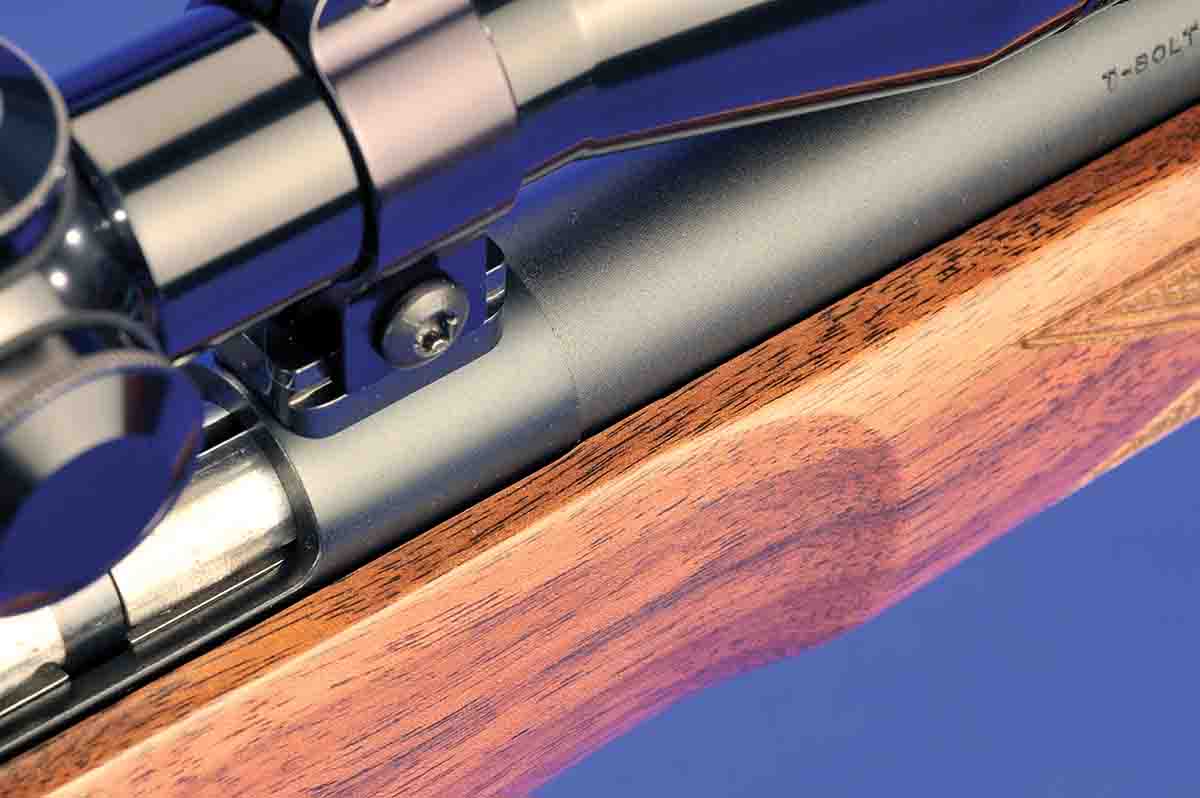
Looking at the bolt body shows many hours went into the design for this rifle, especially when pairing it with a receiver machined from solid bar stock. Finished bright, on the bolt face is a pair of heavy claw-type extractors that should last the life of the gun. Pulling the bolt to the rear, the spent case is expelled by a mechanical ejector located on the top of the magazine. Other parts on the bolt are blued, with the bolt handle having a flattened bolt knob similar to those on some of the Browning centerfire rifles.
Operation of the bolt is straightforward – pulling it back ejects the spent round, pushing it forward cocks the gun while setting a round into the chamber in one direct motion with no rotating of the bolt. When the bolt is seated into the receiver, those round locking lugs move into the matching holes in the receiver and lock up everything tightly. When the shooter pulls the bolt handle to the rear, the lugs retract, allowing the bolt to follow out of the receiver. Shooting the rifle for the first time, it was a bit stiff in the operation, but as the gun wears in, so does the action. With all this going on, removing the bolt is a bit tricky the first couple of times, but after that it becomes second nature and is fully covered in the owner’s manual.
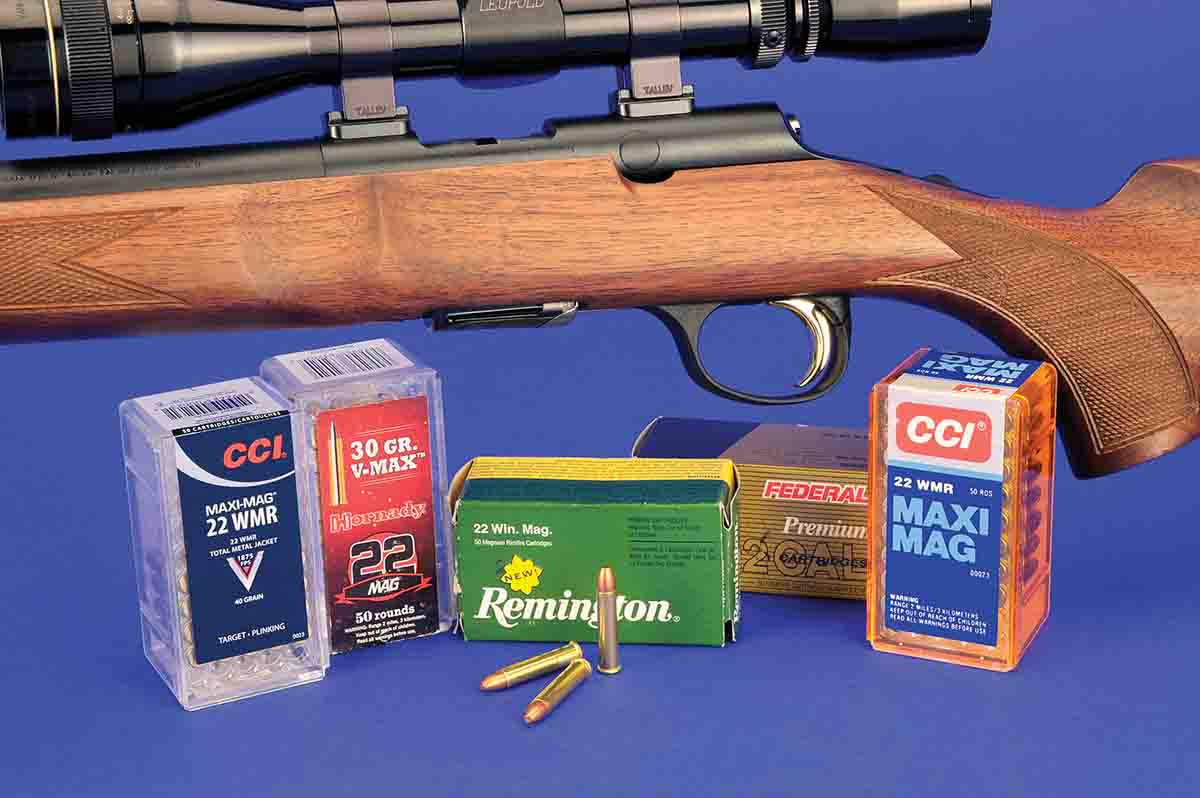
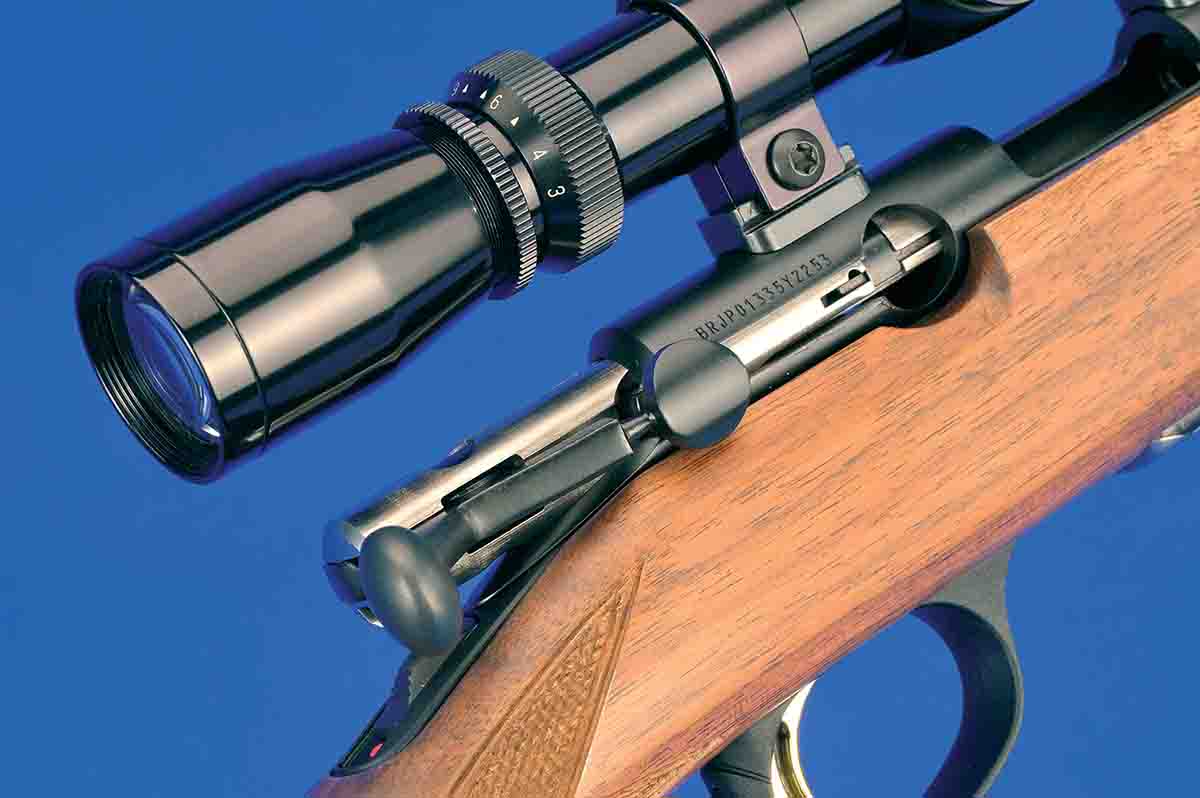
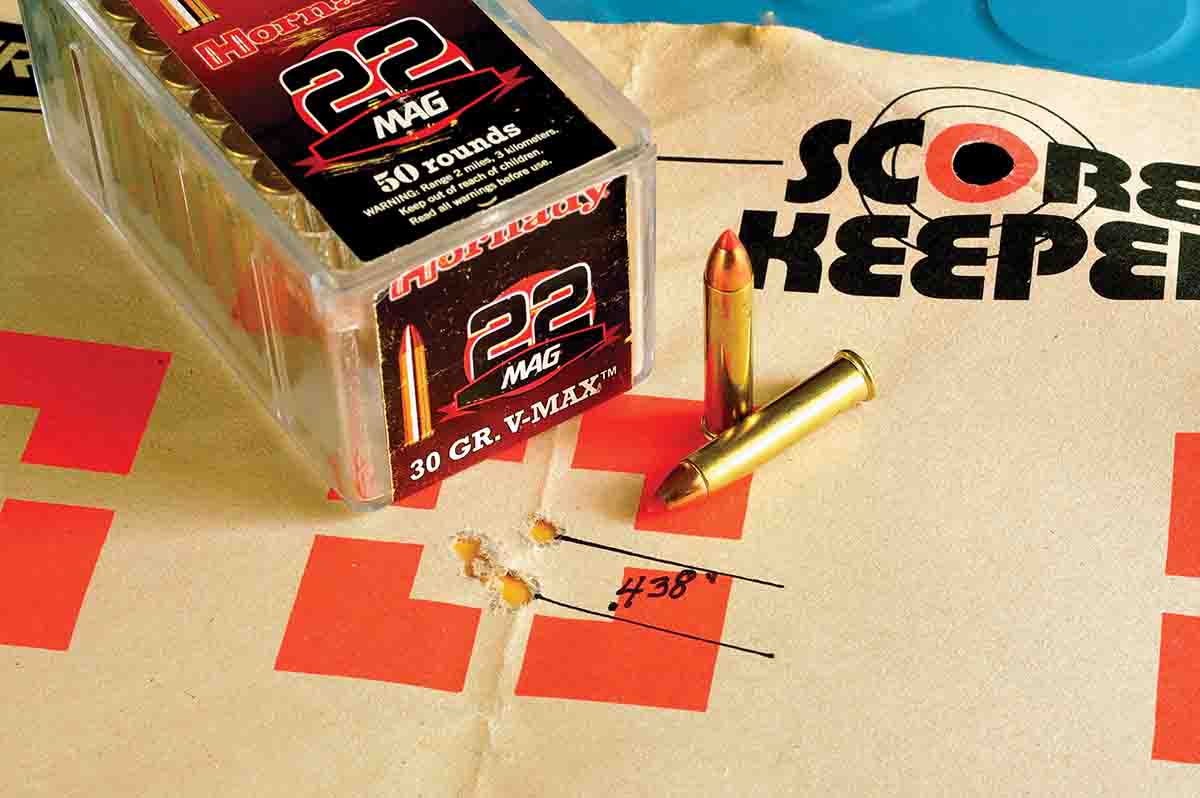
Presently, the T-Bolt is chambered for the .17 HMR, .22 Long Rifle and the .22 Winchester Magnum Rimfire (WMR). Since I like more power in my rimfire rifles, the choice was easy – the .22 WMR. Introduced to the public in 1952, this was indeed the answer to the non-reloaders who not only favored a rimfire round that is faster, shoots farther and flatter and hits harder at all ranges than the .22 Long Rifle. While a number of rifles were introduced with the cartridge, it wasn’t until 20 years later when Winchester, with
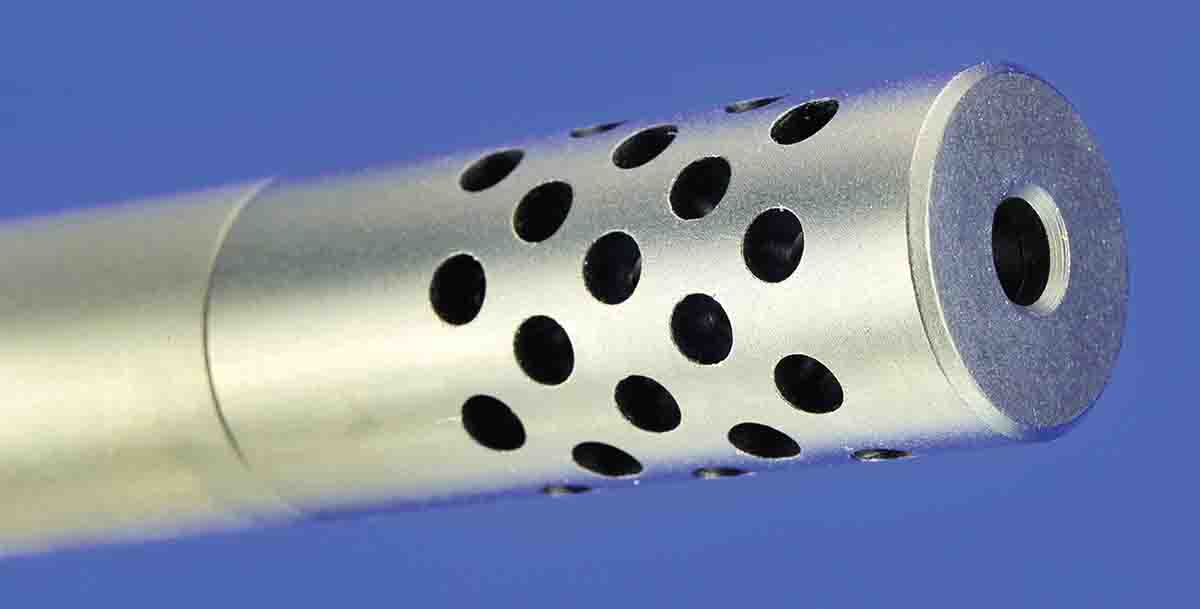
New ammunition seems to be getting harder and harder to come by these days with shortages and all. In any event, I managed to gather up some of the more recent brands of .22 WMR ammunition for range testing. One early spring morning with little wind, and the Leupold scope all sighted in, I set up targets at 50 yards and fired away. Samples from CCI, Hornady and recent Remington ammunition with bullet weights from 30 to 40 grains were used in the testing. With the results in, the Hornady 30-grain V-MAX had the best average of my protocol of two, five-shot groups, with a .487 inch mean for the 10 shots with the additional status of having the smallest (.438 inch) group of the session. The CCI 40-grain Mini-Mag produced .566 inch, while the Remington followed with .685 inch. Later, time was spent with clay targets set up at both 50 and 100 yards for some plinking fun.
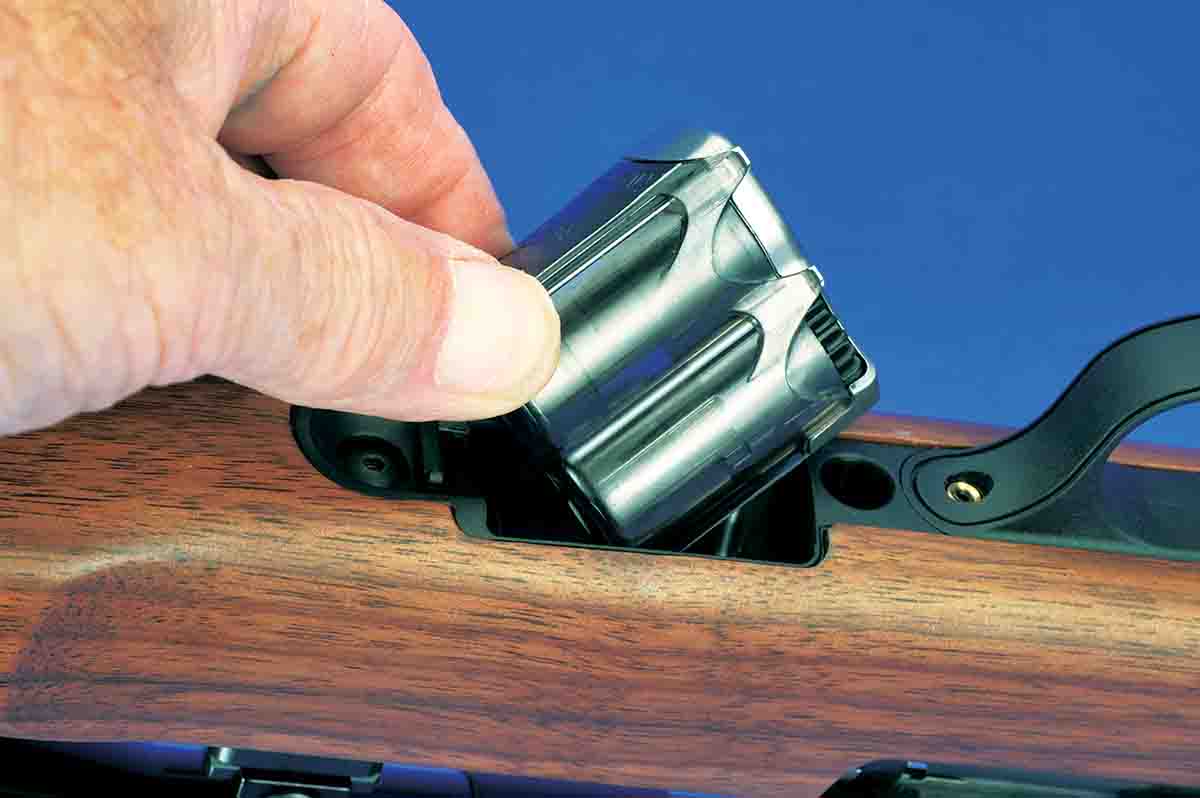
The T-Bolt is the perfect rifle for the .22 WMR and was a pleasure to shoot and test. The gun is accurate with or without the muzzle brake, and removing it while shooting did not seem to impact the recoil sensation of the .22 WMR cartridge. It does take some time to get used to the straight back and forth motion of the action, but once settled in, it makes for a worthy addition to my rifle battery.
I like the T-Bolt for small-game hunting, and with the choice of three cartridges and enough models in the past for the serious collector, Browning had a winner from the start.


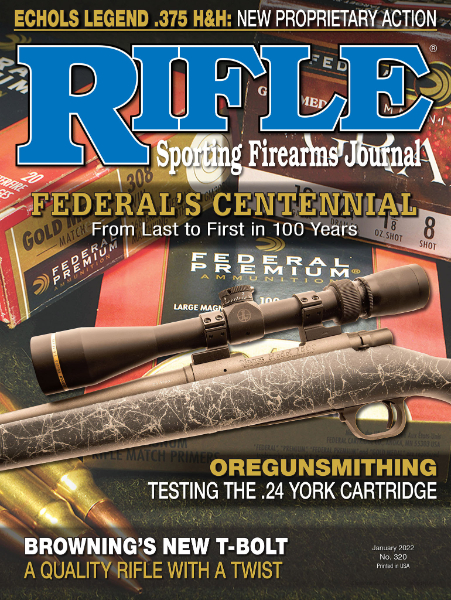
.jpg)